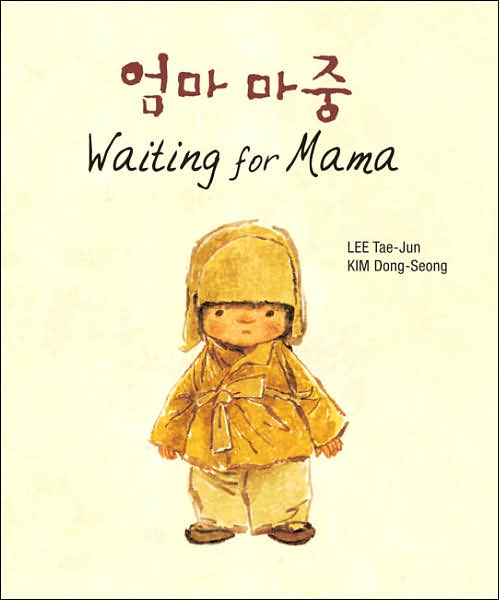by Ann Parker, The University of Arizona, Tucson, AZ
Last week I shared information that I collected on the role that small, independent book publishers play in publishing multicultural children’s books, particularly bilingual books. In this post I examine the contributions made by small presses and discuss some publishers who are committed to publishing quality children’s books that were originally printed in another country and often in another language.
Not too long ago, as a child growing up in Georgetown, D.C., I remember little Mom and Pop stores located on every corner. My friend Sarah lived near Mrs. Rosen’s store — so close that her mom would send us there on Saturday mornings to get breakfast. You had to ring the bell at Mrs. Rosen’s so she would buzz you in. We had another corner store closer to our home, where my 25 cent weekly allowance would buy a lot of penny candy.
Continue reading



 Last month, Janine Schall interviewed children’s book writer and illustrator Xavier Garza, who publishes his books in English and in Spanish because he thinks children should be exposed to their first language or to a language other than their own. More and more publishing companies, particularly smaller, independent publishers, are publishing dual language books. This week, I’d like to examine bilingual books and the role they can play in the classroom. Next week, I’ll focus on some of the outstanding bilingual books that are being published by independent publishers.
Last month, Janine Schall interviewed children’s book writer and illustrator Xavier Garza, who publishes his books in English and in Spanish because he thinks children should be exposed to their first language or to a language other than their own. More and more publishing companies, particularly smaller, independent publishers, are publishing dual language books. This week, I’d like to examine bilingual books and the role they can play in the classroom. Next week, I’ll focus on some of the outstanding bilingual books that are being published by independent publishers.